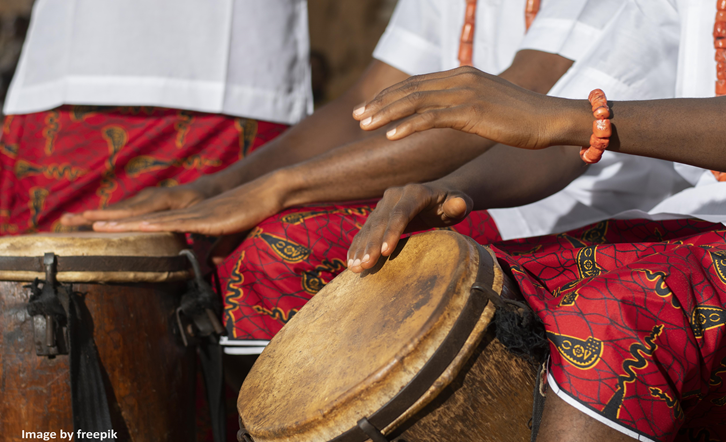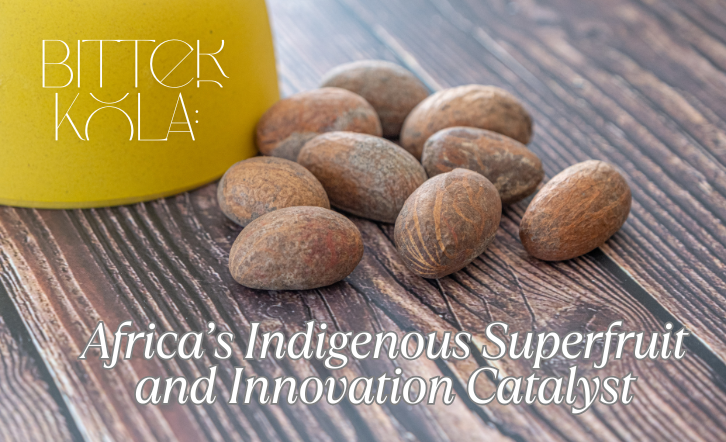Africa’s Pioneering Role in the Science of Drums
Introduction
Step into the mesmerizing world of African drumming and discover the awe-inspiring science, technology, and mysteries behind these rhythmic instruments. In this captivating blog, we delve deep into Africa’s pioneering role in the science of drums, uncovering the cultural significance and technical brilliance that have shaped drumming traditions across the continent.
From the ancient djembe to the melodic talking drum, African drums have captivated audiences for centuries. But what lies beneath their soulful beats? Investigate the intricate craftsmanship, the precise tuning techniques, and the scientific principles that amplify the power of these percussion instruments. Explore the historical context behind drumming in Africa, as we decode the cultural stories, symbolism, and rituals embedded within each drumbeat. Uncover the scientific wonders that ancient African civilizations discovered, long before modern technology existed.
Join us on a journey through time, as we uncover the astonishing contributions of African drumming to the world of music, communication, and cultural expression. Whether you’re a music enthusiast, a history buff, or simply curious, this blog will open your eyes to the extraordinary world of African drums.
Embrace the rhythm and let the magic of African drumming transport you to a land where history and innovation collide.
Historical significance of the African drum
African drums hold a profound historical significance that dates back centuries. These instruments have been an integral part of African culture, playing a central role in ceremonies, rituals, and daily life. The ancient civilizations of Africa recognized the power of drums and their ability to communicate across long distances. Drums were not only used for communication but also served as symbols of unity, spirituality, and social cohesion. Each drum had its unique sound and purpose, representing different aspects of African society. The rhythms produced by these drums were often used to convey messages, tell stories, and preserve cultural traditions.
The use of African drums spread across the continent, with different regions developing their own styles and techniques. From the djembe of West Africa to the talking drums of Nigeria, each drum carried its own cultural and historical significance. Today, the tradition of drumming in Africa continues to thrive, passing down ancient wisdom and connecting communities.
The science behind the African drum
Behind the mesmerizing beats of African drums lies a fascinating science. The construction of an African drum involves careful consideration of materials, shape, and dimensions to produce a specific sound. The choice of wood, animal skin, and ropes all contribute to the unique tonal qualities of each drum. The drum shell, often made from hollowed-out logs or carved from solid wood, acts as a resonating chamber. When the drumhead, made from animal skin, is struck, it vibrates and produces sound waves. The shape and size of the drum affect the pitch and volume of the sound produced.
African drummers have mastered the art of tuning drums to achieve the desired tones. By tightening or loosening the ropes that secure the drumhead, they can adjust the pitch and create a range of sounds. This meticulous tuning process requires a deep understanding of the instrument and its acoustics.
Acoustics studies reveal that African drums produce complex sounds due to the combination of various factors. The skin, tension, and the manner in which the drum is played influence the vibration and amplification of sound. Understanding these scientific principles allows drummers to manipulate the sound and create a wide range of tones and rhythms.
Technological advancements in African drumming
Over time, African drumming has seen significant technological advancements. From the traditional hand-carved drums to modern innovations, drum makers have embraced new tools and techniques to enhance the playing experience.
In recent years, advancements in drum manufacturing have allowed for more precise and consistent production. Drum shells are now made using advanced machinery, ensuring uniformity and durability. Synthetic drumheads have also gained popularity, providing drummers with a wider range of tonal options and improved durability. Additionally, the advent of electronic drums and drum machines has revolutionized the way African drumming is practiced and performed. These electronic instruments offer endless possibilities for sound manipulation and experimentation, allowing drummers to explore new sonic landscapes.
Mysteries and legends surrounding the African drum
The African drum is steeped in mystery and surrounded by legends that have been passed down through generations. According to some African cultures, certain drums are believed to possess spiritual powers, capable of summoning deities or warding off evil spirits. In certain rituals and ceremonies, the beat of the drum is believed to serve as a direct line of communication with the divine. The rhythms and patterns played on specific drums are said to invoke specific energies and bring about desired outcomes.
The drumming traditions of Africa are also closely tied to storytelling and oral traditions. The rhythms and beats serve as a form of musical language, transmitting stories, histories, and ancestral wisdom. Through the drum, the voices of the past are brought to life, creating a deep connection between the present and the ancient.
Innovation in African drumming techniques
African drumming techniques have continuously evolved, driven by innovation and creativity. Drummers have pushed the boundaries of traditional styles, incorporating new rhythms, patterns, and playing techniques.
One notable example is the use of polyrhythms, where multiple rhythms are played simultaneously. This complex technique creates intricate layers of sound and adds depth to the music. African drummers have mastered the art of polyrhythms, showcasing their incredible skill and musicality.
In addition to polyrhythms, African drummers have developed various playing techniques, such as slap, tone, and bass, to create a wide range of sounds. These techniques involve striking different parts of the drumhead or shell to produce distinct tones and textures.
Impact of African drumming on music genres worldwide
The influence of African drumming on music genres worldwide cannot be overstated. The rhythms and grooves of African drums have found their way into countless musical styles, shaping the sound of popular music across the globe.
From jazz and blues to rock and reggae, African drumming has provided the foundation for many iconic songs and genres. The syncopated rhythms and infectious grooves have become a staple in modern music, captivating audiences and inspiring generations of musicians.
The cultural exchange between Africa and other parts of the world has also resulted in the fusion of African drumming with various musical traditions. This cross-pollination has led to the creation of unique and vibrant music, blending different cultural influences and pushing the boundaries of creativity.
Contemporary African drumming practices
In the contemporary African music scene, drumming continues to thrive and evolve. From traditional ensembles to modern bands, African drummers are exploring new musical territories and collaborating with artists from different genres.
Instruments like the djembe, conga, and talking drum are now widely used in various musical contexts, blending seamlessly with other instruments and styles. African drumming has also found its place in the world of dance, with choreographers incorporating rhythmic patterns into their performances. African drumming workshops and festivals have gained popularity worldwide, allowing enthusiasts to learn from experienced drummers and immerse themselves in the rich traditions of African music. These events serve as platforms for cultural exchange, fostering a deeper understanding and appreciation of African drumming practices.
Conclusion: Africa’s enduring legacy in the science of drums
Africa’s pioneering role in the science of drums has left an enduring legacy that continues to inspire and captivate. The intricate craftsmanship, scientific principles, and cultural significance embedded within African drumming have shaped the world of music and provided a platform for cultural expression.
As we immerse ourselves in the mesmerizing rhythms and explore the technical brilliance behind African drums, we gain a deeper appreciation for the historical, cultural, and scientific wonders they represent. Let the enchanting beats of African drums transport you to a world where tradition and innovation coexist, and where the language of rhythm speaks volumes.
Join the rhythm, embrace the art, and explore the mysteries that lie within the heart of the African drum. Experience firsthand the power and beauty of this ancient instrument, as it continues to shape the world of music and ignite the human spirit.




